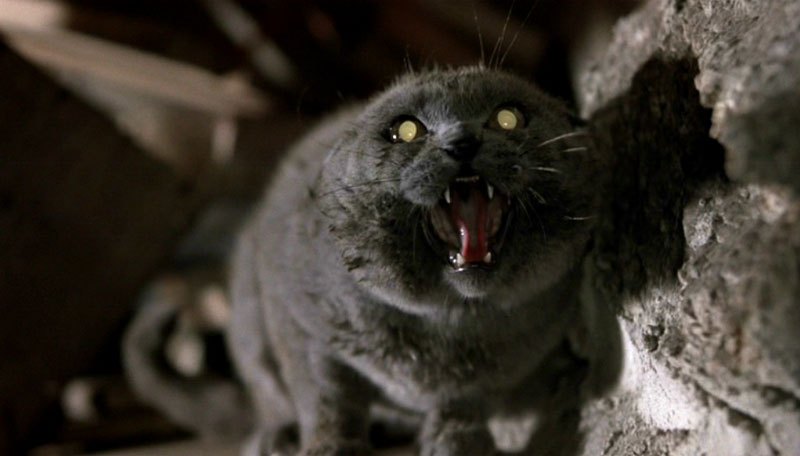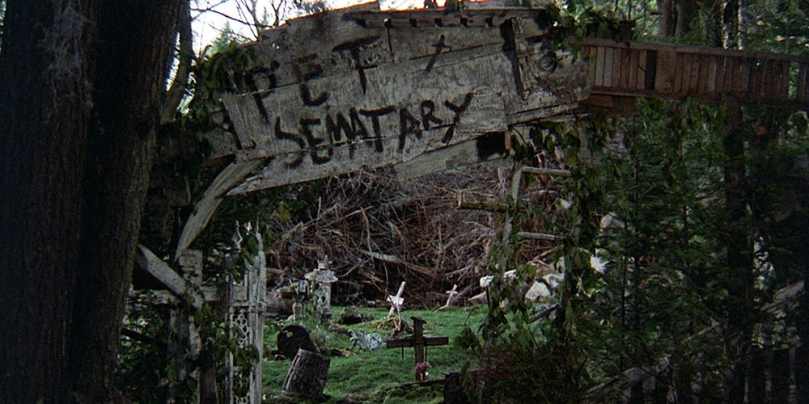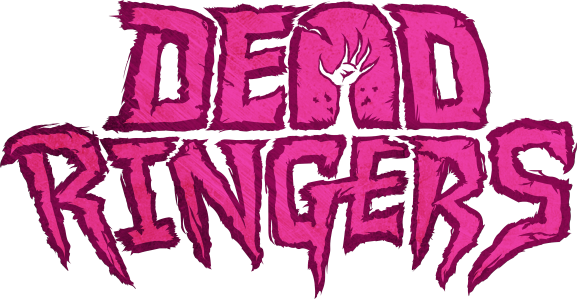By: Emily von Seele

Before Women in Horror Month comes to a close, I wanted to spend some time with one of my favorite horror films. When we talk about women directors in the horror genre, Mary Lambert’s Pet Sematary is always part of the initial conversation. It has repeatedly been named on numerous lists over the years, but aside from briefly mentioning it when discussing female contributions to the genre, we don’t really discuss it in-depth anymore. And why is that? It’s a solid entry into horror — scary, atmospheric and effective, and one that holds a personal connection for me.
Pet Sematary was the bug that bit me. My first bit of horror crack that would keep me coming back for more. I had dabbled before then — sharing ghost stories with friends, the occasional TV movie, but this was the first full-on horror movie that I had ever watched. I caught it on TV on a summer afternoon when I was fourteen. It scared the everliving crap out of me and I would be forever hooked.

Based of Stephen King’s seminal work (with a script written by King himself), Pet Sematary is a film as full of sadness as it is of terror. When the Creed family moves to rural Maine, their idyllic life slowly begins to fall apart in ways that they never dared imagine. When the family cat, Church, is killed by an oncoming truck, Louis (Dale Midkiff) is convinced by their neighbor, Jud (Fred Gwynne), to bury him in a remote patch of land in the forest. As Louis soon learns, the land has a power to it, returning the dead brought to its soil back to life — though the newly reborn are not exactly the same as they were before. When their son Gage (Miko Hughes) is tragically killed the same way, Louis is unable to resist using this newfound power to try to bring his family back together.
One of the remarkable things about this film is the constant presence of death over the lives of the characters. From the moment the Creeds arrive, they are beset on all sides by the inevitable spectre. Their house lies a short distance from the Pet Sematary – an unofficial burial ground that the local children have used for decades to bury domestic animals. On Louis’ first day on the job as the doctor for the nearby college, a student, Victor Pascow (Brad Greenquist) is hit by a truck and dies before the ambulance can even arrive. The spirit of Pascow appears to Louis several times after, serving as an unsettling warning against the events that will ultimately transpire. Midway through the story, Missy (Susan Blommaert), the local woman who was hired by the Creeds to attend to laundry and small errands around the house, commits suicide, no longer able to take the ongoing stomach pain that has been plaguing her. Even in their past, death has connected with this family. Rachel (Denise Crosby) lost a sister in childhood to spinal meningitis, and has recurring nightmares about the experience.

Over the course of the film, death reaches its long fingers toward the Creeds and slowly pulls them closer. It sets a very cloudy and daunting tone for the story. As their daughter Ellen (Blaze Berdahl) tries to understand the concept of death and what might happen to us after we die, we feel that this little girl is far closer to the truth of it than we would have her be. Even as death is a natural part of life, it quickly becomes apparent that the Creeds are experiencing more than their fair share. While it begins as a large outer ring, with the loss of Rachel’s sister years before and the loss of a student and a local, death moves closer and becomes much more personal, encircling and tightening its grip on this family.
Lambert employs some great storytelling techniques to enhance the more nightmarish aspects of the film — particularly in the scenes relating to Rachel’s sister, Zelda. This character is responsible for some of the more terrifying moments of the film, and with good reason. Actor Andrew Hubatsek gives Zelda a nightmarish quality that doesn’t quickly leave the viewer, and the makeup work led by David LeRoy Anderson only intensifies the effect.
When we see Zelda in both flashbacks and in Rachel’s dreams, the scene is altered into a twisted version of reality. The back bedroom, where the family kept Zelda during her illness, is empty and stark. The walls are a drab grey with no flourishes, and the room is adorned with little furnishing, aside from a four-poster bed. The bed is extremely large, with carved posts the size of tree trunks. Everything in these scenes is exaggerated — from the bed to the walls to Zelda herself. The memory that lives in Rachel’s mind is a distorted one, driven by her fear to become something far more nightmarish than what probably occurred.

When Rachel recounts the night of Zelda’s death to Louis, we see a young Rachel run out of the room after her sister chokes to death. As she heads down the stairs, she passes a strange portrait of an old woman. The woman holds a cane and is wearing a blue nightgown and a top hat, and she is accompanied by a cat with an eerily human-looking face. It’s a weird-ass piece of art that your kooky rich aunt might own, and it might be totally innocuous in the hands of another director. Here, however, Lambert incorporates the imagery back into the film during the last act, when Rachel comes face to face with Gage. She goes upstairs in Jud’s house and is confronted by her recently-risen son. Gage appears to her in similar clothing as the woman in the portrait, complete with the top hat and the cane. This costuming is different from what we see Gage wearing when he kills Jud and attacks Louis — it is in place solely for his interaction with Rachel, and it makes her moments with him even more surreal and nightmarish.
Though there might be some elements to the film that come across as a bit dated now, it remains largely effective. Lambert brought King’s story to life in a way that incorporates all of the important aspects of his novel, while also putting some unique elements into the film — elements that give the film its own sense of self and help it to stand apart from other King adaptations.
